Water-Repellent Fabric Treatments
Try these products to help your rain gear shed water and keep you dry.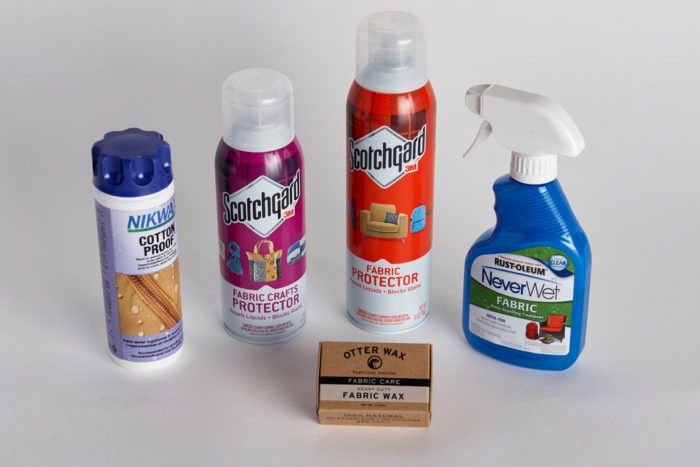
When you’re making outerwear, you may want to apply water-repellent fabric treatments so your coat is truly weather resistant.
You can purchase fabric that is water resistant or waterproof (try SeattleFabrics.com), but these products are often sporty looking. If you’re sewing a traditional coat style, such as a trench, mackintosh, or balmacaan, you may prefer the classic look of twill or gabardine. In that case, you can make your coat water resistant by treating it with a spray or other product.
We tested several products for helping woven fabrics shed rain. Some claim to make the fabric 100 percent waterproof; others reduce the coat’s permeability but eventually let in some water. In our testing, only one product came close to a fully waterproof result, but all successfully slowed down the time it took for our “rain” (a heavy dose of water from a spray bottle) to permeate the fabric completely.
We recommend you test the product on a fabric scrap, following the manufacturer’s application instructions, before treating the entire garment. It’s better to treat the completed coat, rather than the unsewn yardage. The spray-on, wash-in, or rub-on coatings may interfere with stitch formation or leave deposits on your sewing machine.
Sprays
These products, whether aerosol or pump, are easy to apply. Use them outdoors or in a well-ventilated space, as they have a strong odor. When using sprays, protect surrounding items or surfaces from overspray or mist. Follow the directions on the package, making sure to let the spray dry fully, and apply a second coat if recommended. The sprays we tried didn’t alter the fabrics’ hand. You’ll need to respray periodically to renew the coating.
Scotchgard Fabric Protector
This aerosol was easy to apply, although it had a strong odor when sprayed. Use two light coats, allowing it to dry between treatments. Reapply occasionally, after repeated wear or laundering or cleaning the garment. Once dry, the spray was odorless and didn’t change the fabric’s hand. We tested this first by pouring water onto the treated fabric with a cup, and the water beaded up and rolled off. When water was sprayed on from a spray bottle, it soaked through, though not immediately. This is likely to protect a coat from coffee spills, but won’t keep you perfectly dry in a downpour.
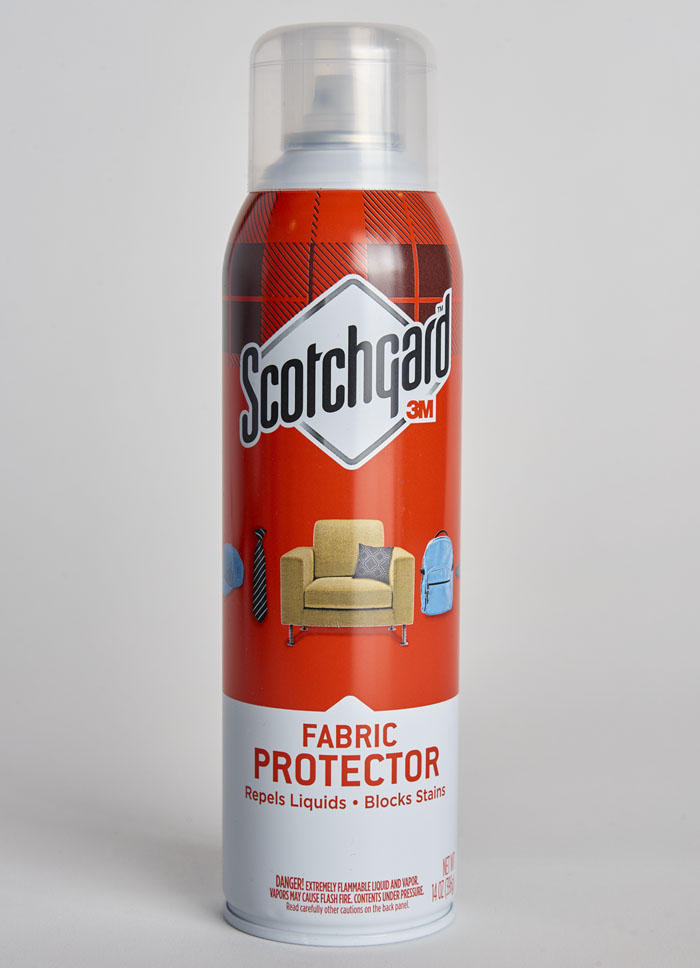
Scotchgard Fabric Crafts Protector
We couldn’t tell the difference between this spray and Scotchgard Fabric Protector, although this version specifies that it’s safe for all fabrics, even delicate textiles in silk and wool. It performed exactly the same as Scotchgard Fabric Protector.
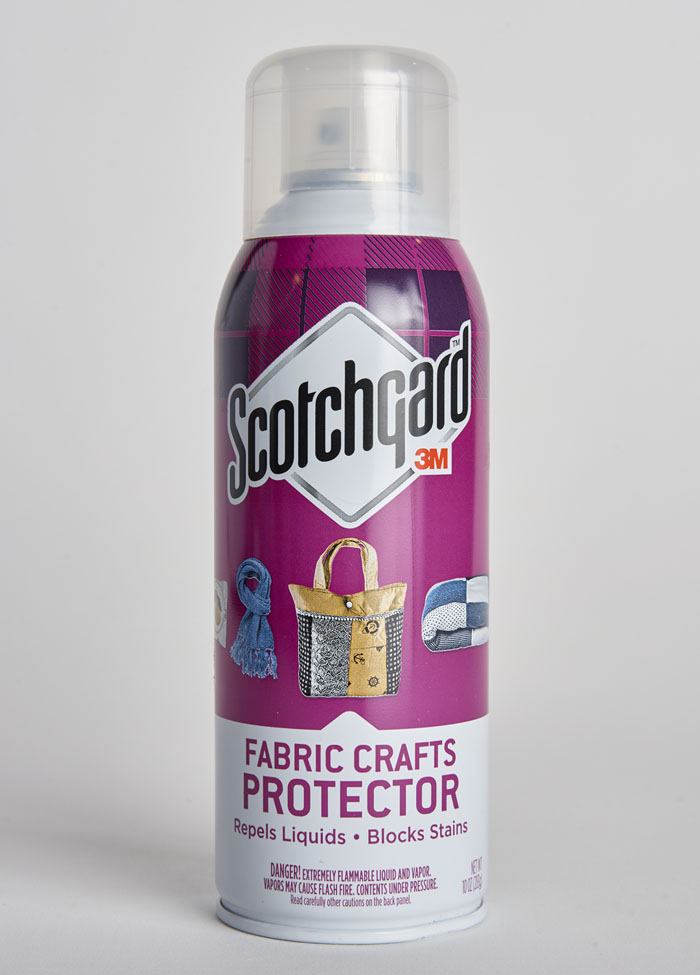
Rustoleum NeverWet Water-repellent Fabric Treatments
Of the three sprays we tested, this came the closest to a fully waterproof result by providing the least permeable finish on woven cotton-blend twill fabric. Rustoleum NeverWet Fabric Water Repelling Treatment comes in a pump bottle so the application is heavier than with the Scotchgard aerosol sprays. This product had the strongest odor when sprayed, so be sure to apply it outdoors.
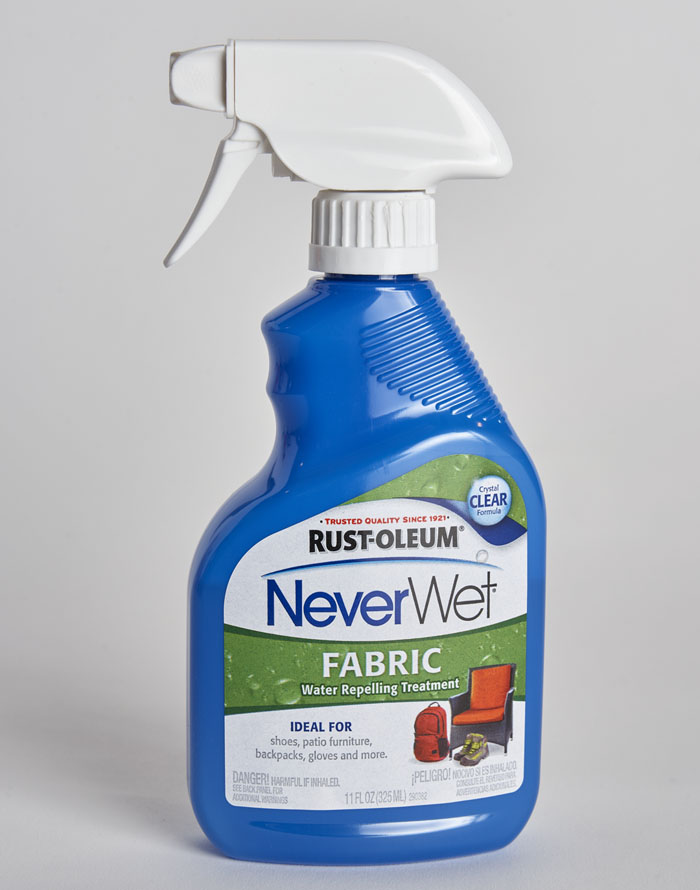
Wash-in product
Nikwax Cotton Proof
This product is intended to make cotton and cotton-blend wovens water repellent while maintaining the fabric’s breathability and hand. It is applied by adding it to the water in a washing machine or hand-wash basin, and submerging and agitating the fabric or sewn item. Therefore, this is best for garments you intend to launder, rather than dry-clean. Nikwax Cotton Proof (Nikwax.com) is water-based, non-flammable, and free of harmful solvents and volatile organic compounds. It’s nearly odorless during application and on the garment.
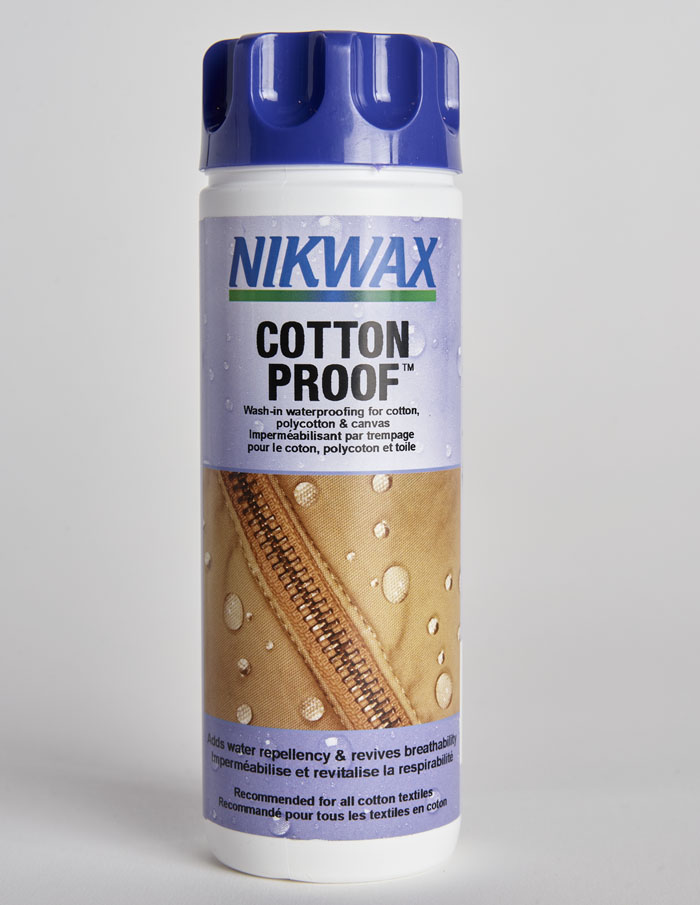
Rub-on wax
If you are interested in a rugged, utilitarian look, consider a fabric wax.
Otter Wax
This is all natural and can be applied to most natural fiber fabrics. Otter Wax (OtterWax.com) is the most laborious waterproofing method: Rubbing the wax onto the fabric takes effort, and a thick coating is needed to obtain the desired water-resistant effect. We found that the application process stretched and distorted the fabric. There are no instructions about pressing the fabric, but common sense suggests that would get messy quickly, so you can’t flatten the fabric with the iron. Also, the wax made our light-colored twill look darker. When crumpled, the fabric developed crinkle lines, which lend an outdoorsy authenticity. Upon first application, the wax is tacky, but it becomes less so over time. It had no discernible odor. Our recommendation is to use wax for smaller items, such as bags, rather than full garments.
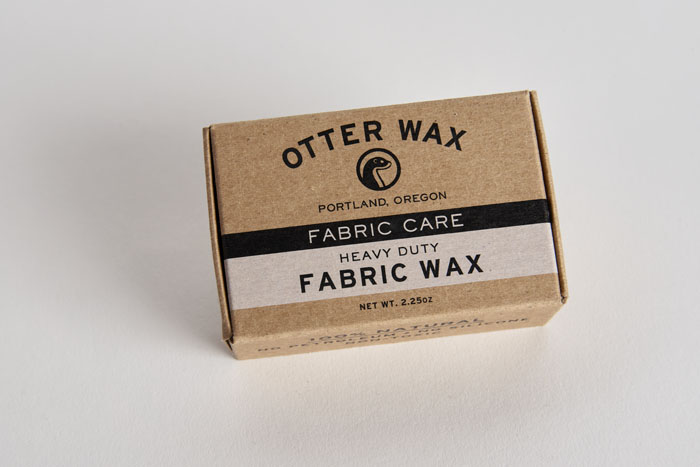
Find out more about sewing fashionable, functional outerwear.


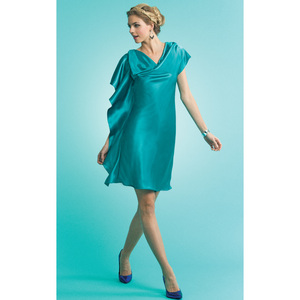
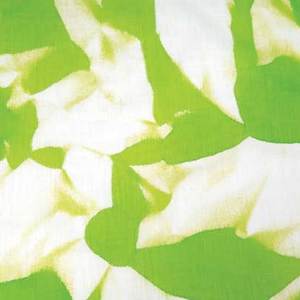
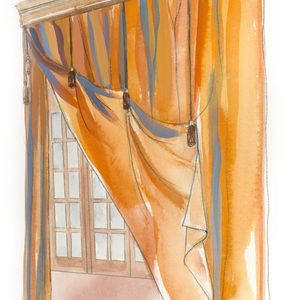
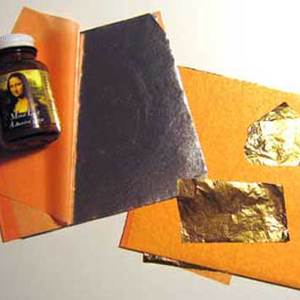

























Log in or create an account to post a comment.
Sign up Log in